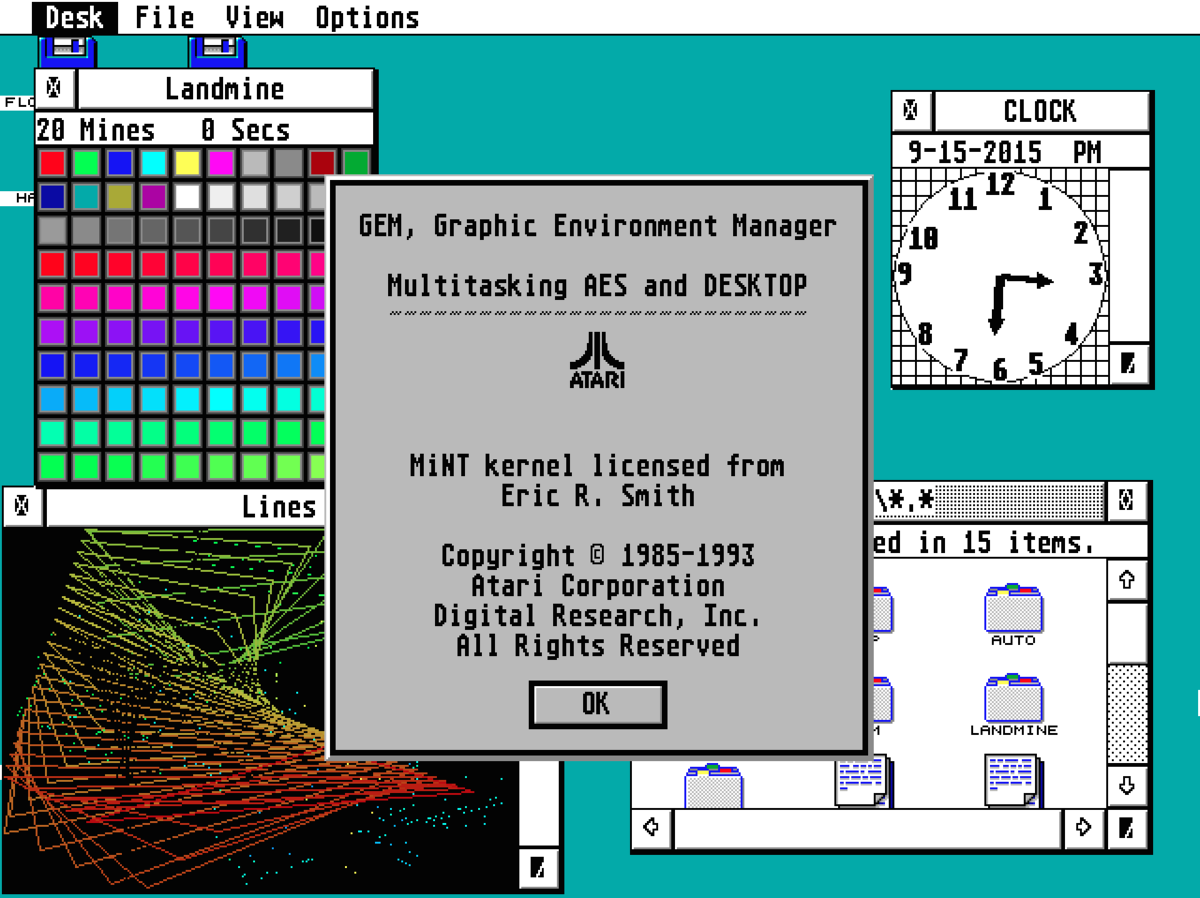- Joined
- Jul 20, 2002
I used to program 8051 and 80251 MCU's in assembly. These were Harvard architecture MCU's where the data and instruction code were located across separate buses and accessed via separate instructions. The code space was read-only and commonly located in an EEPROM. So are Harvard architected MCUs/CPUs dead in today's world?
I believe the Atari ST might have been a Harvard architected system because the OS was stored on an EEPROM, not in system RAM and I don't think it was copied into system RAM on boot either -- because memory space was tight back then for a GUI.
I believe the Atari ST might have been a Harvard architected system because the OS was stored on an EEPROM, not in system RAM and I don't think it was copied into system RAM on boot either -- because memory space was tight back then for a GUI.
